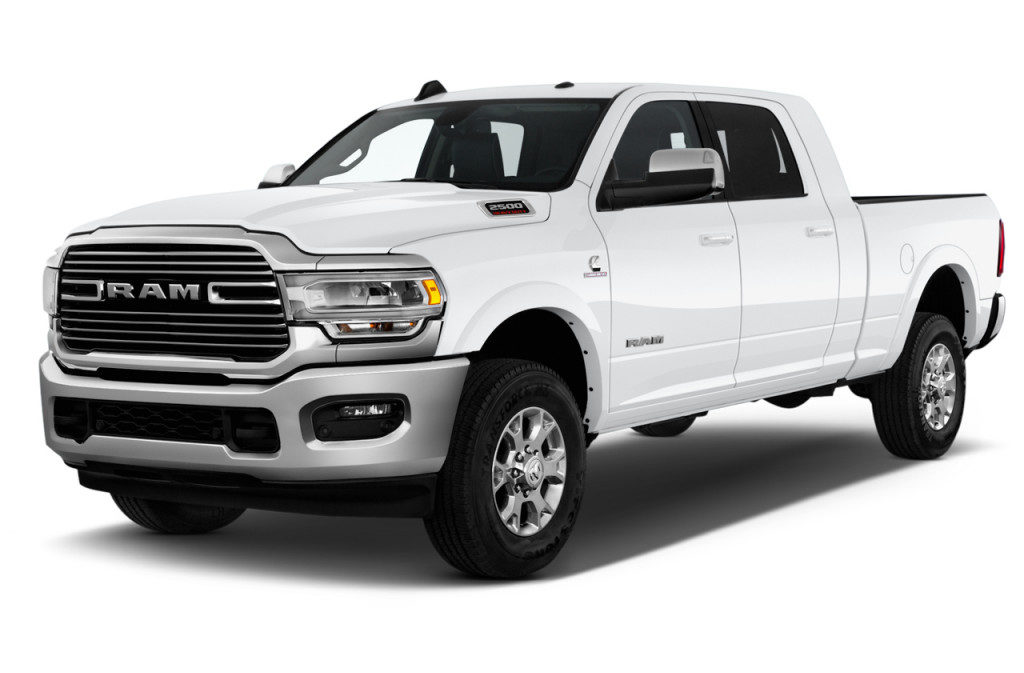Car prices have increased to historically high levels in recent months, as with many other consumer goods. According to figures from data analytics firm J.D. Power, the average transaction price of new vehicles in the U.S. was up 11.8% year-over-year in July 2022. Combined with soaring gasoline prices and rising interest rates, this is making car ownership more difficult and putting the brakes on auto sales. Dan Rose, a manager at a VIP Car Leasing & Financing of NYC lot was quoted as saying “Manufacturers are trying to squeeze end users with exorbitant prices to protect their bottom line and pass on the price increases to the end-user”.
We will examine why car prices are rising, how inflation is impacting car sales trends and when car prices are expected to drop.
Car prices are rising due to global supply chain issues. An ongoing chip shortage is holding up production in the auto industry, creating a supply crunch. Rising raw material costs are also driving car prices up, intensified by the Russia-Ukraine crisis.
Data from J.D. Power shows U.S. consumers forked out an average of $45,869 for a new vehicle in July 2022, a record high. The weighted average cost of raw materials used to produce a new vehicle hit an all-time high in 2021, rising 116% year-over-year. Electric vehicles have been especially affected by rising material costs, as the prices of key metals including lithium, nickel and cobalt — essential components of electric car batteries — have spiked.
What’s more, chip shortages mean that manufacturers are prioritizing their most expensive vehicles, further increasing average transaction prices. Automakers don’t have enough semiconductors and semiconductors are interchangeable to some degree. Why would a car manufacturer put them in $25,000 cars instead of $85,000 cars?
These supply chain issues have combined with the already existing imbalance of supply and demand in the auto industry, which was precipitated by COVID-19. In the U.S., there are historically more than 3.5 million vehicles in dealer lots at the end of each month. However, this figure fell to 2.7 million before the chip crisis even began, due to pandemic-induced factory shutdowns. At the same time, demand remained heightened throughout COVID-19, as pandemic stimulus checks and accumulated savings meant that many consumers were still willing and able to purchase new cars.
How Is Inflation Impacting Car Sales Trends?
Rising sticker prices have dampened consumer demand for new and used cars alike, and sales have plummeted as a result. The seasonally adjusted annual rate (SAAR) of U.S. light vehicle sales tracked 13.51 million in July 2022, marking a 9% decline year-over-year. Likewise, year-to-date retail sales in June 2022 came in at just under 5.9 million units — marking the worst first half sales volume performance since 2011.
Consumers have expressed record low sentiment toward the purchase of a new vehicle, citing high prices and rising interest rates.
The same holds true for the used car market, where sales (as estimated by software firm DealerTrak) fell 13% year-over-year in June 2022. This has been caused by the high prices and historically poor selection that has been plaguing the industry, but is likely now joined also by declining demand given declining consumer confidence, rising interest rates and slowing economic activity.
Sales of electric cars are faring better despite the aforementioned supply chain woes. Estimates show that in the EU5 (France, Germany, Italy, Spain and the U.K.), penetration of electric vehicles (EVs) and plug-in hybrid electric vehicles (PHEVs) grew to 19% month-over-month in June 2022, rising 0.9 percentage points. The U.S. also renewed its record penetration high of 7.2%. Indeed, the future of electric vehicles continues to look bright: In July 2022, the American Automobile Association (AAA) posted its latest survey results, indicating that one-quarter of Americans would likely opt for a fully electric vehicle for their next automobile purchase.
When Will Car Prices Drop?
Used car prices are already starting to drop as the market cools, having seemingly peaked in early 2022. On the other hand, new vehicle prices are unlikely to drop in 2022 due to persistent inflationary pressures.
There’s still a lot of inflation bubbling up in the new vehicle supply chain. Even though raw material costs are falling, suppliers have a lot of other higher non-commodity costs like diesel, freight, shipping, logistics, labor and electricity. They will continue to pass these costs on to the automakers.
In addition, the effects of the chip shortage will continue to linger. Companies will need to rebuild inventory, which means that wholesale demand will compete with retail demand. This will in turn stabilize new vehicle prices; hopefully sometime in early to mid- 2023.
Car Price Increase Examples
So bad has it really been? A quick search on the internet will reveal these staggering numbers that really tell the whole story.
- In the past year, Chevrolet prices have increased 39.10%.
- In the past year, Cadillac prices have increased 24.70%.
- In the past year, Jeep prices have increased 35.30%.
- In the past year, Dodge prices have increased 33.90%.
- In the past year, GMC prices have increased 24.30%.
- In the past year, KIA prices have increased 23.70%.
- In the past year, Chrysler prices have increased 24%.
- In the past year, Mitsubishi prices have increased 23.50%.
- In the past year, Nissan prices have increased 29.90%.
- In the past year, Mercedes prices have increased 11.86%.
- In the past year, Mazda prices have increased 13.49%.
- In the past year, Ram prices have increased 42.60%.
- In the past year, Audi prices have increased 21%.
In conclusion, Queens & NYC residents can only sit-back, wait and hope that inflationary pressure subsides, chips supply increases and car prices start to go down.



